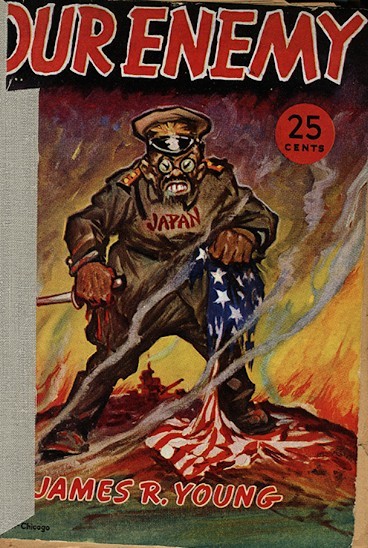The German equivalent to the marriages of Percy Shelley and Mary Wollstonecraft Godwin or Nathaniel Hawthorne and Sophia Peabody is arguably that of Friedrich Schiller and Charlotte von Lengenfeld, often held up (and sentimentalized) as the ideal literary union and model of domesticity.
The third in a series of six postcards depicting the Schiller's life, issued on the centennial of his death in 1905, this one is entitled, "Own Home."
• At right, we see a portrait of "Friedrich Schiller, Professor of History in Jena 1789-1799."The center vignettes depict, respectively, the church in which they were married and their first house:
• At left, "Schiller's spouse Charlotte, née von Lengenfeld. Born 22 Nov. 1766, died 9 July 1826."
• Church in Wenigenjena*) Schiller married here 22 February 1790.It is of course indicative of the time and place that Charlotte is here generally referred to only as Schiller's wife, and indeed, that the description of the wedding mentions only "Schiller" getting married. Times were indeed different.
• Schiller-house in Bad Lauchstädt*) Betrothal in Lauchstädt 3 August 1789
*) after drawings by Schiller's spouse
Chronicle of a wedding
As for the wedding itself, Gero von Wilpert's Schiller-Chronik, issued in anticipation of the Schiller bicentennial (Stuttgart, 1958) provides a convenient summary of the big day:
February 22. Wedding day. Early with Charlotte and Karoline to Kahla, where the mother-in-law is picked up around 10-11; from there around 2 directly to Wenigenjena (arrival around 5), where around 5:30 the wedding quietly took place under the direction of the Kantian theologian Adjunct G. L. Schmid in the presence of only the mother- and brother-in-law, so as to foil all the attempted surprises on the part of students and professors. Following this, return to Jena, where the evening is spent in tea-drinking and conversation. _-- Frau von Lengenfeld gives the couple a space of their own, but it is not yet an independent household, and rather, just a few additional rented rooms, and they still take their midday meal with Frau Schramm, Lotte employs a maid, Schiller, a manservant. -- The mother-in-law stays another 8 days, Karoline approximately 5 weeks in Jena with Fräulein von Seegner. Apart from that a solitary life, closer association only with Prof. Paulus.
Undivided attention
Because the card dates from 1905 and was thus produced before the major change of 1907, it has no divided back in the fashion to which we are accustomed, i.e. space for the address at right and message at left. The reverse side informs the purchaser, "This side for the address only." People either sent cards without messages--the image alone serving as the greeting--or scrawled them on or around the illustration on the front, as best they could, for example, on this card celebrating Schiller's birthplace of Marbach am Neckar, from 1896:
If you're curious about the postal rates for the wedding card, they were even provided for the writer: "U S, Canada and Mexico 1 c. Foreign 2 c."
That the language is English and currency is American raises another issue: Although most of the Schiller anniversary cards were of course produced in Germany for Germans, not a few emanated from the United States. The publisher's imprint on this one reads, "A. Selige. Pub. Souv. Post Cards. St. Louis." Missouri was one of several centers of German settlement. The firm of Adolph Selige, active from 1900 to 1920, produced mainly cards on western or midwestern themes, so this one was intended for a more specialized audience, thanks to the large population of German immigrants or citizens of German origin. A useful reminder of the ever-evolving definitions of "American" identity and multicultural politics, among other things.







